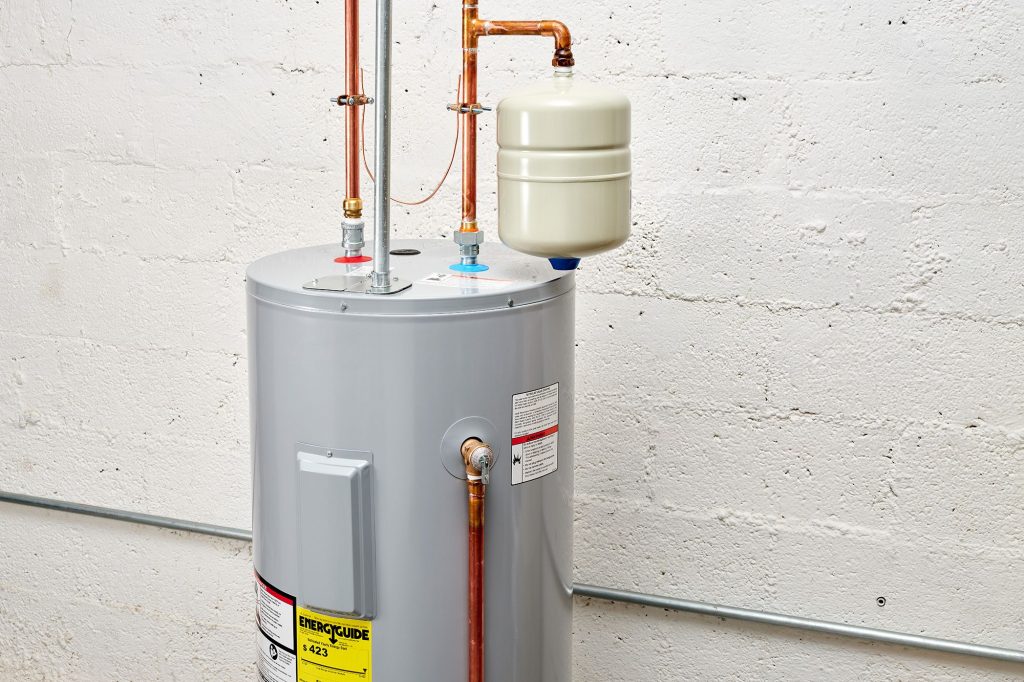Efficient Water Heater Care for Optimal Performance

Introduction: Prolonging the Lifespan of Your Water Heater
Your water heater is a vital component of your home’s infrastructure, providing hot water for various daily tasks. To ensure it continues to function efficiently and has an extended lifespan, regular maintenance is essential. In this guide, we’ll delve into the steps you can take to maintain your water heater and maximize its performance.
Understanding the Importance: Why Maintain Your Water Heater?
Before delving into the maintenance process, it’s crucial to comprehend why maintaining your water heater is essential. Regular care helps prevent issues such as sediment buildup, corrosion, and decreased efficiency. By investing time in maintenance, you not only ensure a reliable supply of hot water but also avoid costly repairs or premature replacements.
Checking for Leaks: The First Line of Defense
Start your water heater maintenance routine by checking for any leaks. Examine both the connections and the tank itself
Hot Tips: Essential Maintenance for Your Water Heater

Hot Tips: Essential Maintenance for Your Water Heater
Hot water is a daily essential, and your water heater plays a vital role in delivering it consistently. To ensure the longevity and efficiency of your water heater, regular maintenance is key. Follow these essential tips to keep your water heater in top condition.
Checking for Leaks:
One of the first things to regularly inspect is for any signs of leaks around your water heater. Check the base and connections for water puddles, as leaks can lead to damage and inefficiency. If you notice any leaks, address them promptly to prevent further issues.
Flushing the Tank:
Over time, sediment can accumulate at the bottom of your water heater tank, affecting its efficiency. Flushing the tank annually helps remove sediment and maintain optimal performance. Attach a hose to the drain valve, drain the tank, and flush out any sediment buildup.
Inspecting the Pressure
